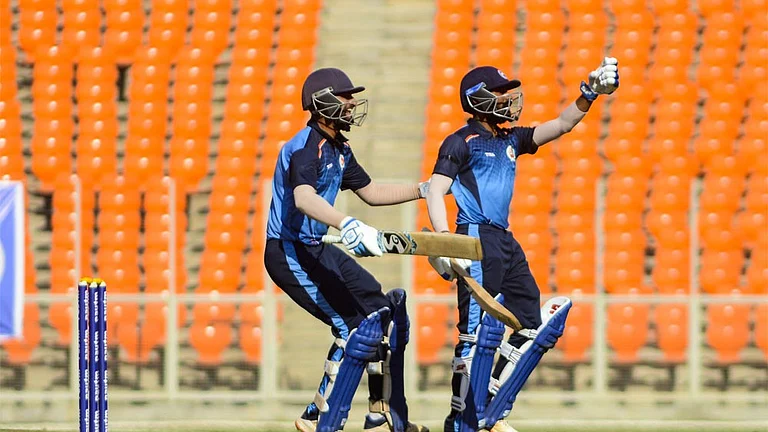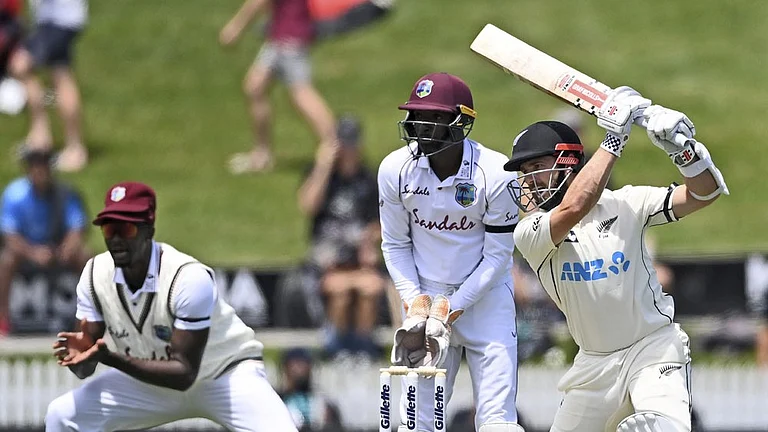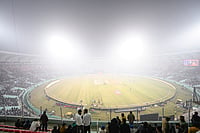Ad-Caps: How The World Views It
- US: The FCC does not regulate ad duration. The amount of ads in children’s television programming, however, is restricted to 10.5 minutes per hour on weekends and 12 minutes per hour on weekdays.
- Australia: Average duration of advertisements cannot be more than 13 minutes per hour between 6 pm and midnight, and during other periods, 15 minutes per hour.
- Malaysia: Channels are permitted 20 minutes of advertisement per hour with 10-15 advertisements per commercial break.
- Philippines: Broadcasters regulate advertising. The Association of Broadcasters of the Philippines prescribes 18 minutes per hour of advertising.
- United Kingdom: Advertising and teleshopping spots cannot exceed 12 minutes an hour for every hour of transmission time across the broadcasting day.
***
Too many ads. For TV channels, it’s healthy sustenance; for viewers, more distraction than they can take. For once, the authorities had foreseen the problem: for six years, nestling amongst the many clauses of the Cable Networks Regulation Act, a clause restricting the extent of advertisements on TV channels lay almost unnoticed. No one cared about its implementation. High TRPs (television rating points) brought more ads and more revenue. Business soared. Then in May, the Telecom Regulatory Authority of India (TRAI) told broacasters to follow the rule, which said no more than 10 minutes of advertising per hour of programme content. To this was added two minutes for ads promoting the channel itself or its programmes. In effect, no more than 12 minutes of advertisement per hour.
Viewers may have felt relieved, but the timing couldn’t have been worse. It comes right in the middle of an economic crisis: rising prices, job losses, prospects of worse ahead. Of these troubles the media too has had its share of battering, and the 12-minute limit could cut into TV channels’ revenues.
There are other questions. In an election year, when the media looks forward to big ads from the government, what are the implications of this fiat? The UPA has for the last three years had its image sullied by a series of scams and corruption cases. To a large extent, these have been exposed by the media, concentrating the force of a growing popular demand for accountability in government. So is this the government’s way of reining in the media? Will channels that adhere to the cutoff be rewarded? And does it make sense to implement the order when the process of digitisation has still not been completed? Digitisation gives a clear fix on the number of subscribers and their TV-watching habits. Such close monitoring means higher revenue from subscriptions and targeted advertising. This would, to a certain extent, reduce the channels’ dependence on ads as the primary source of revenue. And while news broadcasters are crying foul, entertainment channels are welcoming the move—their audiences prefer uncluttered viewing of soaps. In any case, larger FDI inputs—news channels are permitted 26 per cent FDI and entertainment channels 74 per cent—ensure that entertainment channels are better off financially. So, does that mean the government is striking at news channels alone? Moreover, was the move a tightening of the noose on the media, which has already been at the receiving end of the government and its Press Council of India? With matters now before an appellate court (TDSAT), TV channels have had some respite.
But does TRAI have the mandate to regulate advertisements? It does, via an order: it was sometime in January ’04 that the Union ministry of communication and information technology notified an order bringing broadcasting service and cables services under the ambit of TRAI. The regulator was also tasked with making recommendations for regulating advertising time on channels. And it is this regulation that has come to bite the news channels more than entertainment channels.
Says K.V.L. Narayan Rao, president of the News Broadcasters Association and executive vice-chairman of NDTV, “The cap on advertising may be part of the Act, but the scene now is vastly different. News channels in particular are reeling under high carriage fees, their ad rates are not going up. We are not saying give us grants. We are just saying: allow us to function.”
What Rao means is, the government should let broadcasters tide over the current economic crisis without the sword of an ad cap hanging over their heads. It has been estimated by broadcasters that the move will cause a revenue loss of more than Rs 500 crore. Many of the smaller channels will be forced to lay off employees or tighten the belt by restricting news coverage. A FICCI-KPMG report had pegged TV ad revenues at Rs 10,300 crore in 2010, projected to rise at 13 per cent every year. This, the report estimated, was 35 per cent of the total revenues accruing to television. However, the downturn has taken its toll and forced broadcasters to push more advertisements as a means of increasing revenue. Says Sunil Lulla, CEO, Times Now, “What’s so important about regulating cable television? Consumers complain about rising prices and prices of onions too. If advertising bothers the viewer, television sets do come with a remote, allowing the viewer to switch channels. This is a marketplace issue and it should be left to broadcasters to self-regulate content on television.”
Officials in TRAI take care to clarify that they are not in the business of regulating content. “Advertising falls outside the ambit of programming and this in no way amounts to content control,” officials say. They also point out that the cap was framed after an assurance from the broadcasting industry that it would abide by the limits set. It was only when it did not that TRAI decided to crack the whip.
Says Raj Nayak, CEO, Colours Viacom 18, “In the long run, from a broadcaster’s point of view, I think 12 minutes ad time per hour is a good thing. However, I believe that just like a sunset date was set for digitisation, a sunset date should be set for broadcasters to reduce paid inventory in phases—to come down to 12 minutes over the next 24-30 months, during which all phases of digitisation are completed and the industry gets a fair share of subscription revenue.”
When this question is asked of TRAI officials, most of them clarify that it is not their intention to make life difficult for broadcasters. “This was being implemented in a phased manner as requested by the broadcasters themselves. It is the broadcasters who suggested that from July 1, entertainment channels would implement a cap of 16 minutes, while news channels would implement a 20-minute cap. It is only when they didn’t comply that we took them to court. And it’s the worst offenders who were taken to court,” officials said. In TRAI parlance, the “worst offenders” were those who had the maximum violations of the 12-minute rule. TRAI also says decisions were arrived at in open consulation with broadcasters; there was no suddenness.
Yet, TRAI straightaway hauled offenders to court. Cases were lodged against 14 channels, including Zoom, Zee News, Aaj Tak among others. The US and the UK and many other countries have 12 minutes per hour ad caps. And while there is no denying that ad clutter can be annoying, the standoff between TRAI and news broadcasters is likely to last a while. With the economy showing no sign of mending, the uncertainty will not go away in a hurry—like the ads.


























